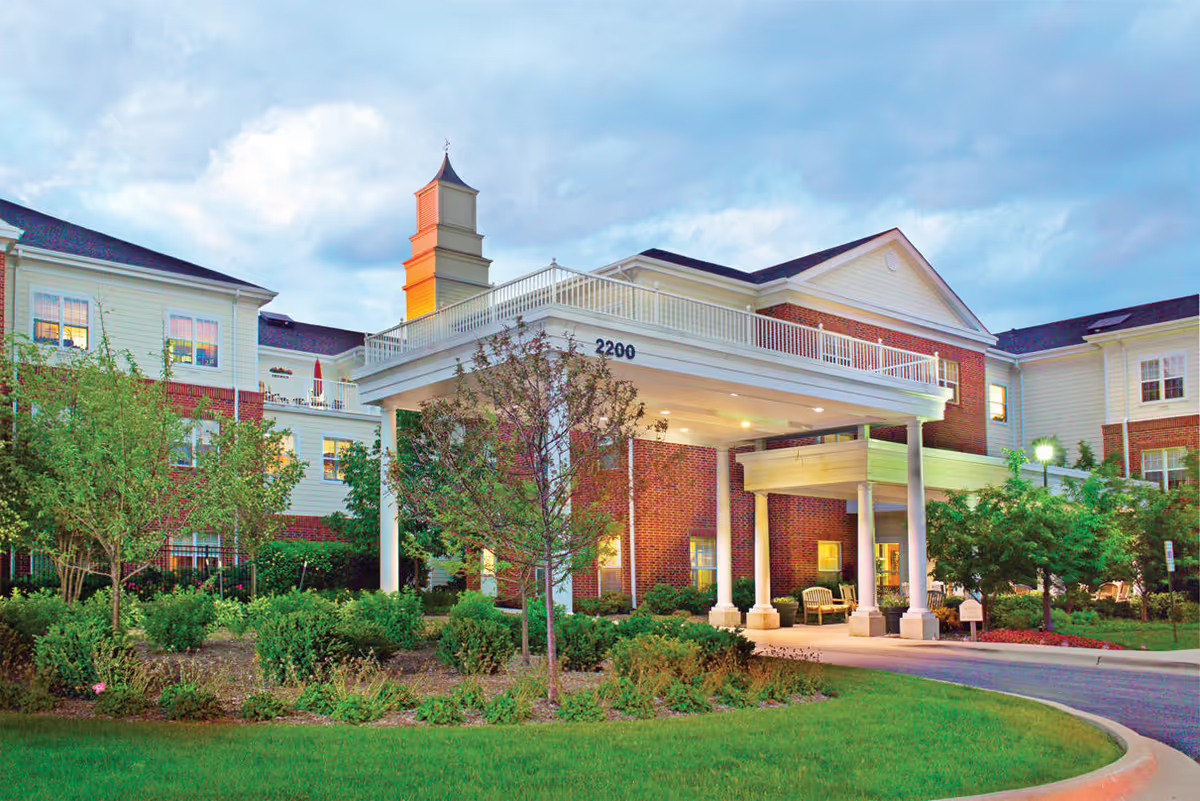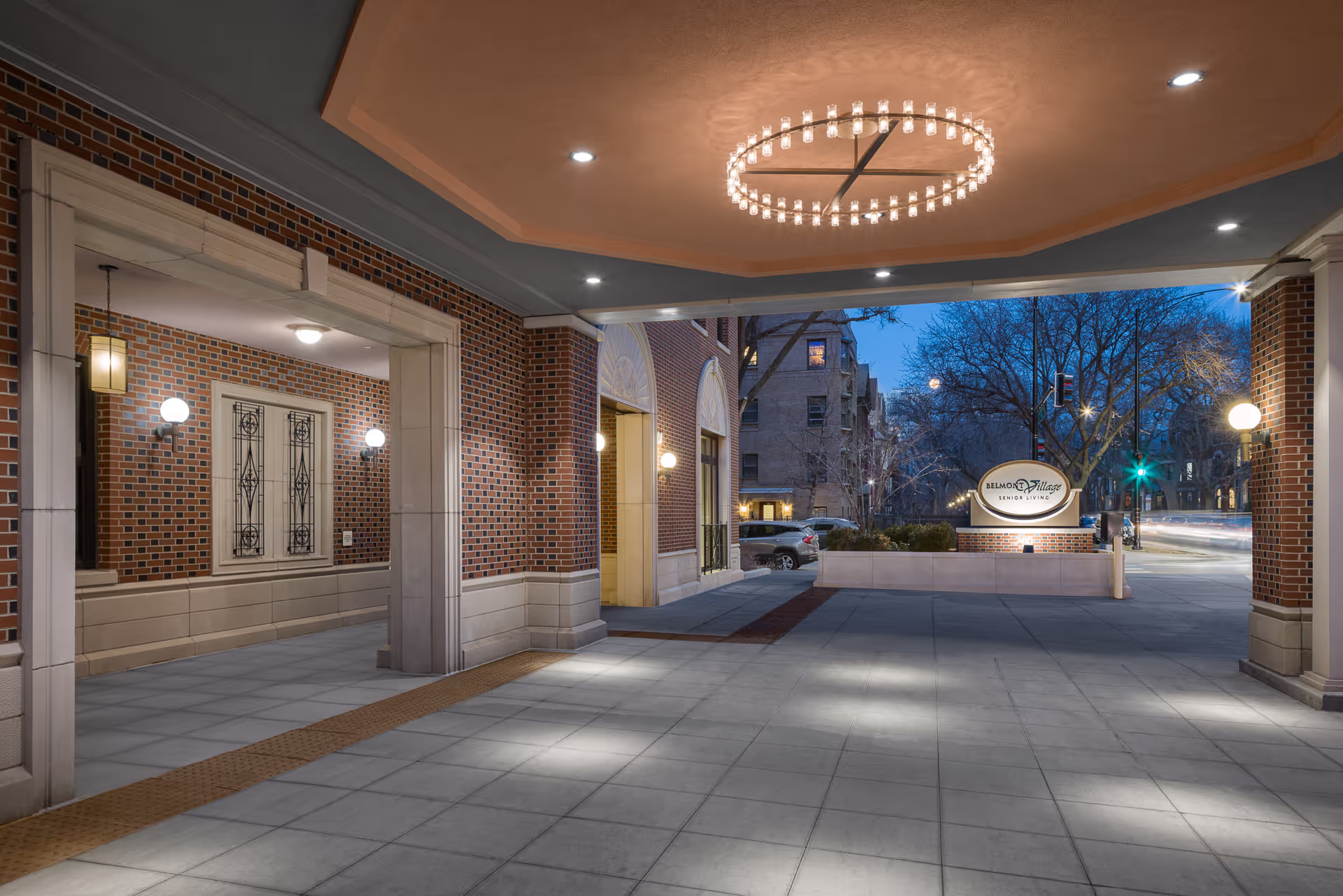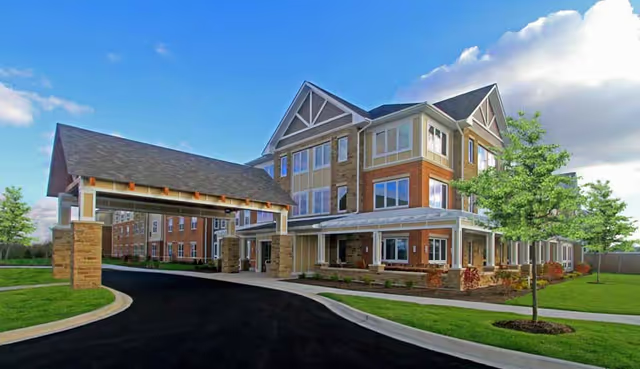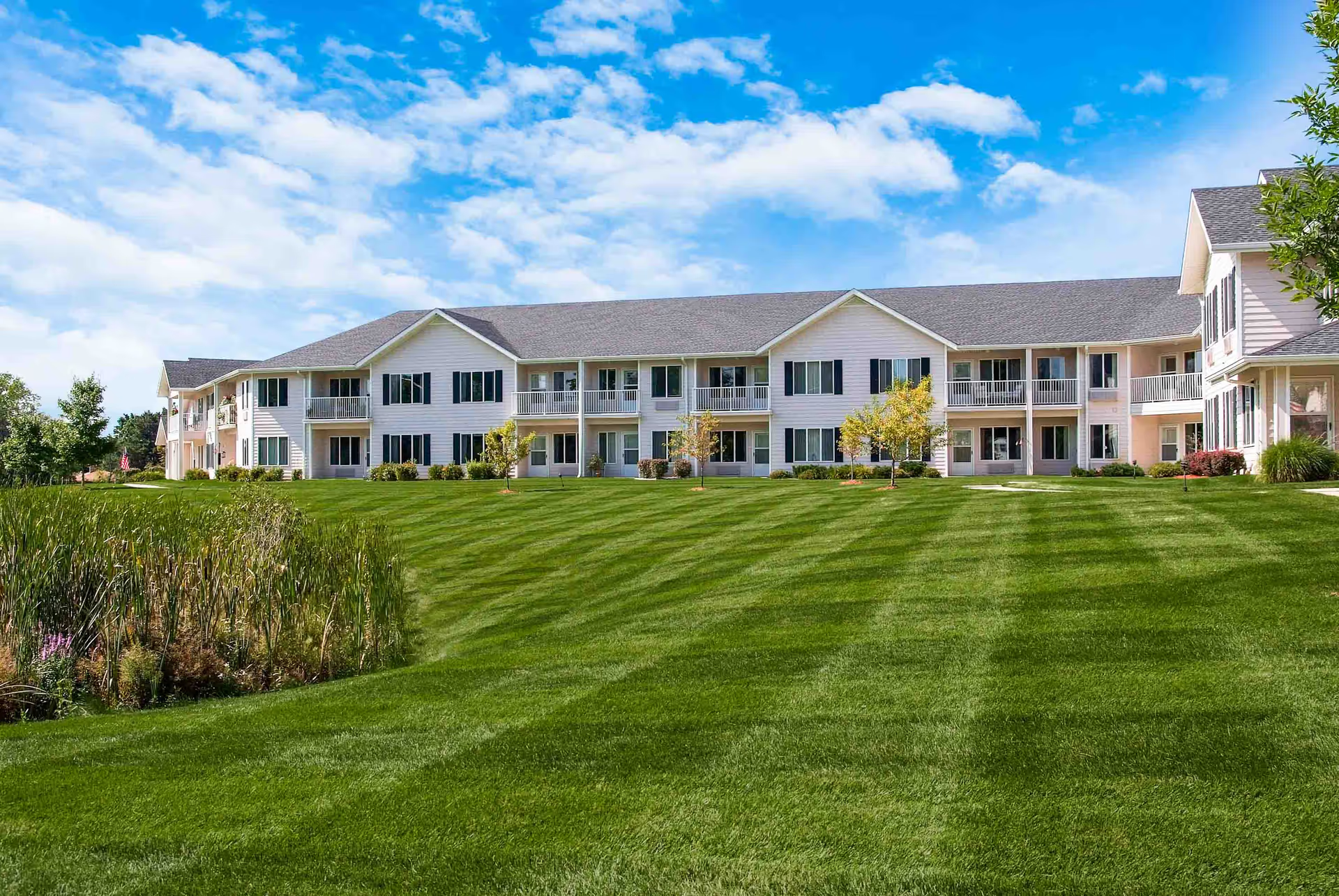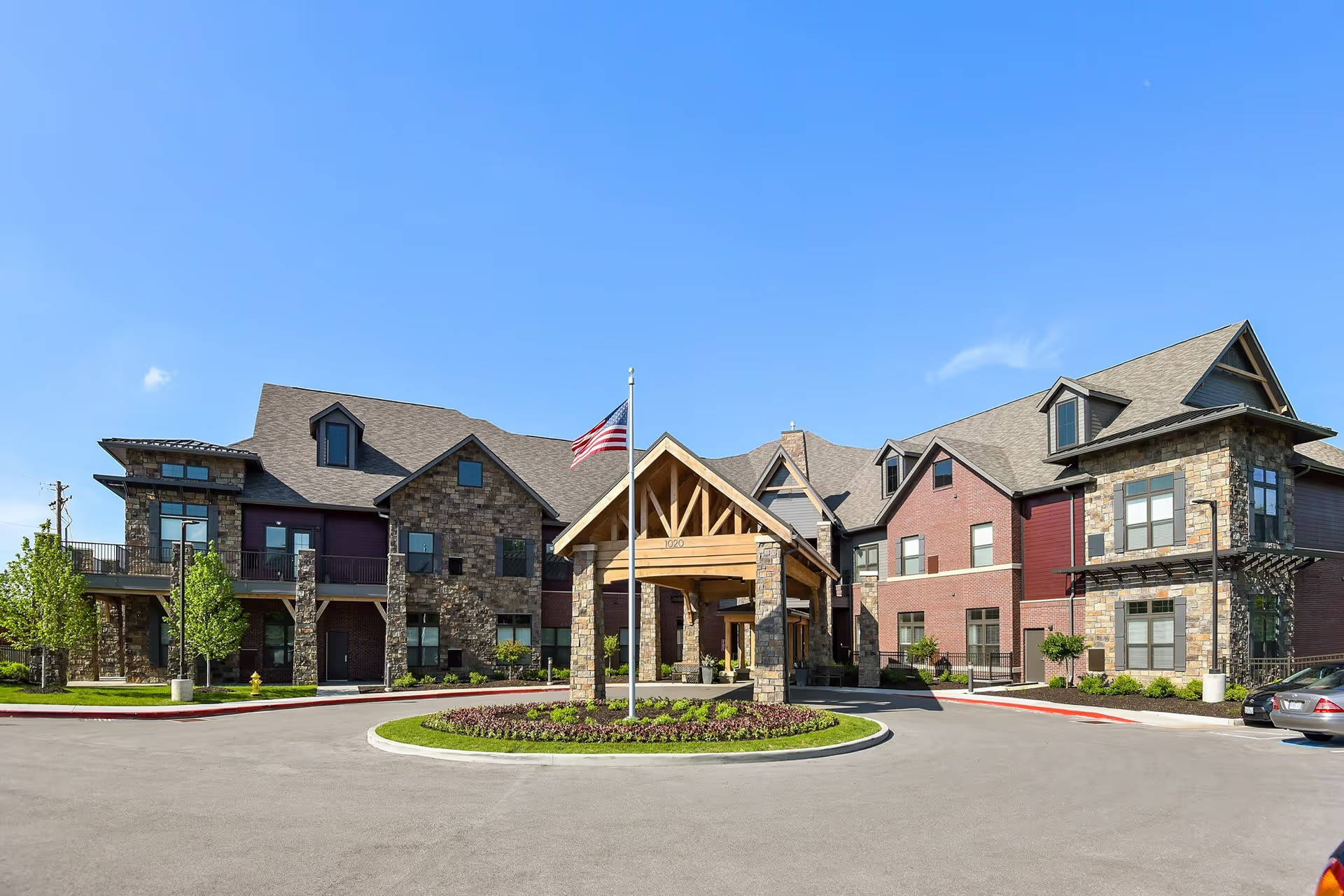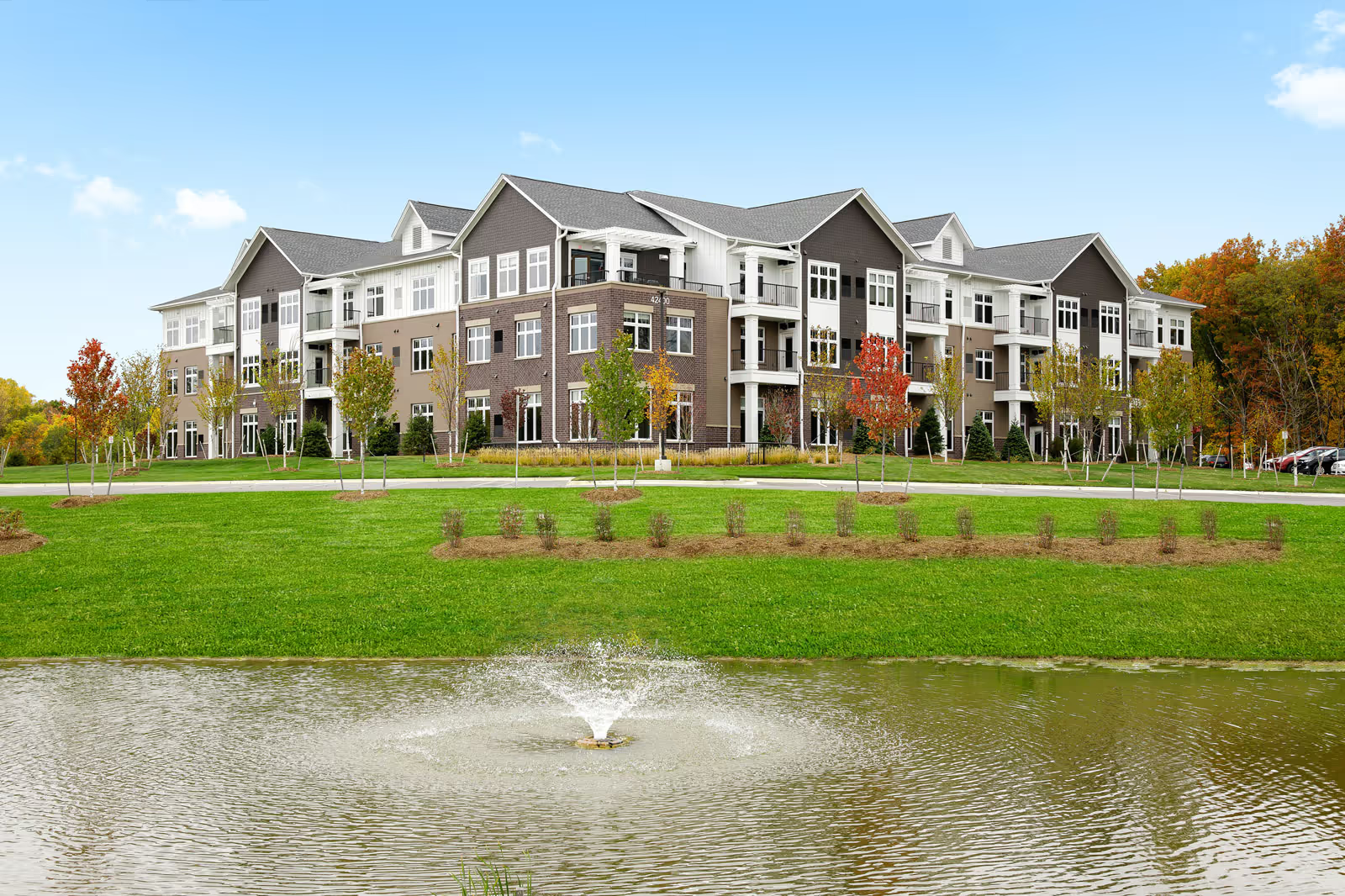Overall sentiment in the reviews is strongly positive, with repeated emphasis on high-quality, compassionate care, excellent staffing, and well-maintained facilities. The dominant themes are consistent: family-like, attentive staff who know residents by name; very clean and bright common spaces; a broad continuum of care from independent living through memory care and skilled nursing; and extensive pandemic-era safety protocols and communication that left many families reassured. Many reviewers cited long-tenured residents and staff, strong leadership involvement, and frequent family updates (daily or weekly emails, FaceTime/video, and safe in-person visit options) as evidence of professional, organized management.
Care quality and staff performance are the most frequently praised elements. Reviews repeatedly describe nurses, CNAs, social workers, therapists, activities directors, and ancillary staff as compassionate, responsive, and engaged. Numerous accounts mention staff going above and beyond—organizing Skype/FaceTime during COVID, keeping families updated, customizing care approaches, and supporting rehab goals. Several reviewers reported good therapy outcomes and successful discharges from rehab back to assisted living. Low staff turnover and long tenures were highlighted as contributors to continuity of care and strong resident-staff relationships. While many families called the staff exceptional, a minority noted signs of being short-staffed or overworked at times and asked for more Alzheimer’s-trained personnel on certain units.
Facilities, grounds, and safety are another strong area. The building and grounds are described as immaculately clean, bright, and inviting, with plentiful windows and multiple comfortable common areas including a chapel, library, sunroom, gazebo, koi pond, and cafe/ice cream parlor. Reviewers praised the cafeteria as organized and high-quality, with appealing, well-presented meals and variety (themed days, sandwich/cafe options, good menus). The property layout and numerous gathering spaces support varied programming and social interaction; multiple reviewers mentioned that residents made friends quickly and that families were welcome in common spaces. Security and COVID safety measures were frequently cited as robust; several reviews explicitly noted zero COVID cases due to swift policies and clear communication.
Programming and social life received broad positive comments. Activities are plentiful and varied—exercise classes, art, bingo, live entertainment, field trips, educational workshops, and social outings were commonly mentioned. The activities team and ancillary staff play a visible role in encouraging participation, and reviewers often noted a thriving community life and sense of purpose among residents. Transportation services for shopping and appointments, as well as an on-site doctor and comprehensive offerings across levels of care, contribute to family peace of mind and convenience.
Despite the many strengths, the reviews do include consistent constructive concerns. Several reviewers found some resident rooms to feel clinical or impersonal and described them as utilitarian; for some potential residents this atmosphere might not be ideal. Memory care policies and restricted access for residents with cognitive impairment were described by a few as intimidating, and a small number of reviewers felt memory care was not always fully separated from assisted living in certain areas. Practical issues were noted: initial admissions required extensive paperwork before evaluation, some unit layouts have bathrooms down hallways which a few found awkward, and maintenance response times were occasionally slow. Isolated but serious incidents were reported by a few families—missing dentures and hearing aids for a few days, or problems contacting staff when a phone or cell connection failed after a move to the nursing pavilion. A few reviews mentioned that activity levels varied by floor, leaving some residents bored, and that the community can be relatively expensive with limited larger-unit options and waiting lists.
Patterns suggest that while the majority of experiences are positive—frequent mentions of exemplary, individualized care, strong communication, and comprehensive programming—the most common negatives relate to facility design choices, administrative friction during admissions, episodic operational lapses, and the occasional strain on staffing resources. These appear to be exceptions within an otherwise high-performing community. Many families explicitly stated that Central Baptist Village provided peace of mind, dignity, and a welcoming home-like environment; several long-term residents and family members recommended the community strongly. Prospective residents should weigh the highly praised care, activities, and safety record against potential downsides like cost, room layout preferences, and the experience on specific care floors, and should ask targeted questions about staffing levels, memory care separation, and move-in/item-handling procedures during tours and pre-admission evaluations.
